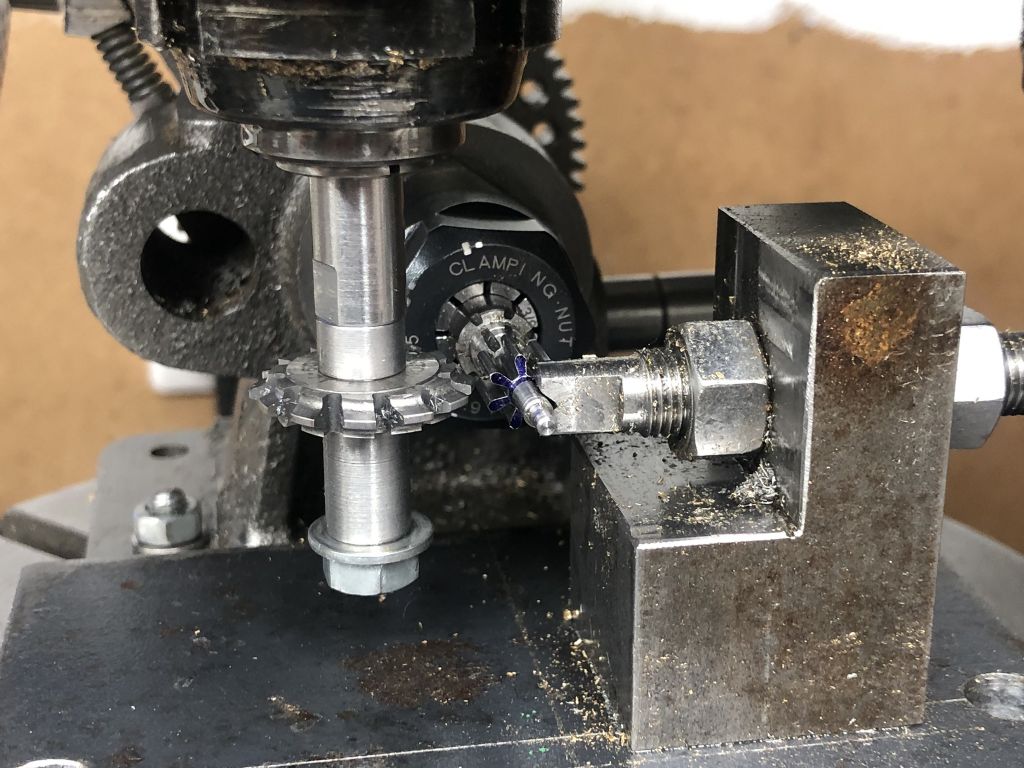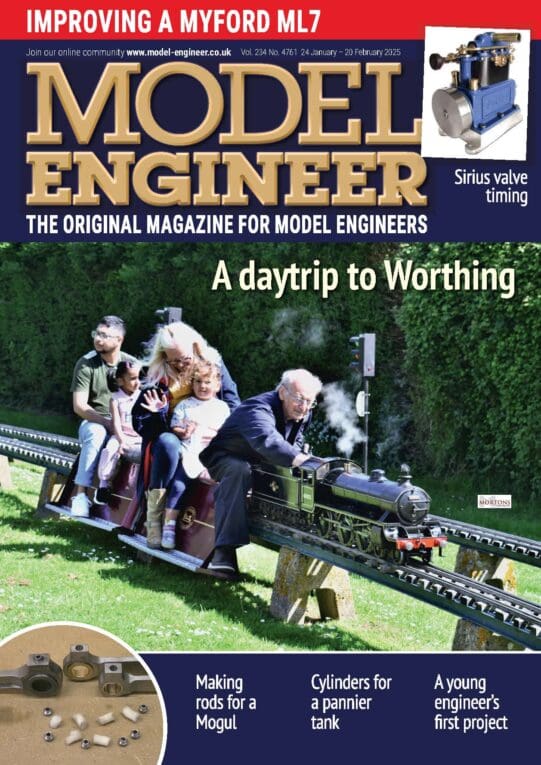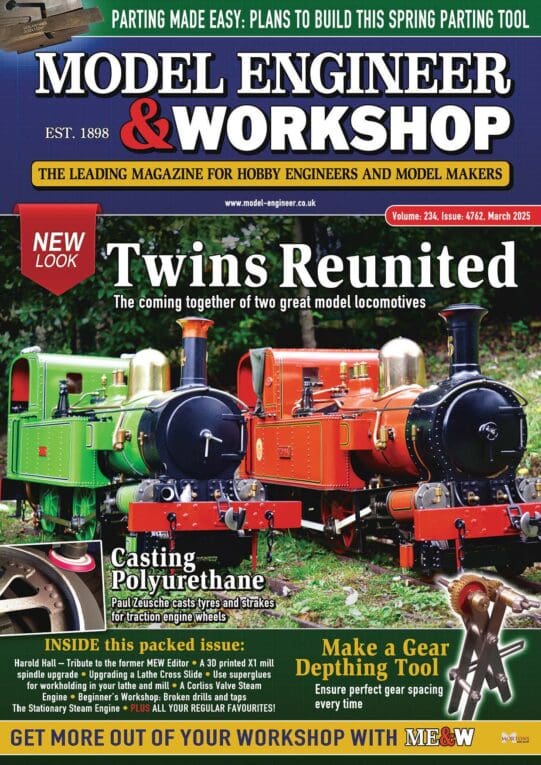It wasn’t so much the running in reverse Andrew, it was more to do with the possibility that the bolt would unscrew, and perhaps why the arbour was bent.
Speaking of running machinery in reverse, as an apprentice a very long ago time ago, one task I was given was turning up a tapered blank from a piece of HSS. It was the starting point for a 2.5deg reamer.
The flutes of the reamer were milled before the hardening shop did their bit. Finally, it went to the cutter grinder for finishing.
All went well except the (rather accident-prone) miller had cut the flutes left handed.
You get where I’m going?
Actually, the finished reamer came back to me since I had the job of using it to clean up the tapered bore of a sprue bush (look up injection moulding).
Fortunately, the rather clapped out (apprentices) lathe was flat-belt driven from an overhead counter-shaft. The belt had enough slack/stretch to be twisted and the lathe run in reverse. Some of you will cringe at this especially when I reveal that the chuck was screwed onto the end of the lathe spindle and could unscrew.
Under the supervision of the equally anxious foreman, applying plenty of oil I gingerly reamed the bush to a point where it was ready for polishing, as is the custom for reliable mould release.
All went well although I think the miller got some stick for his LH oversight.
Keep safe,
Sam
ChrisLH.






